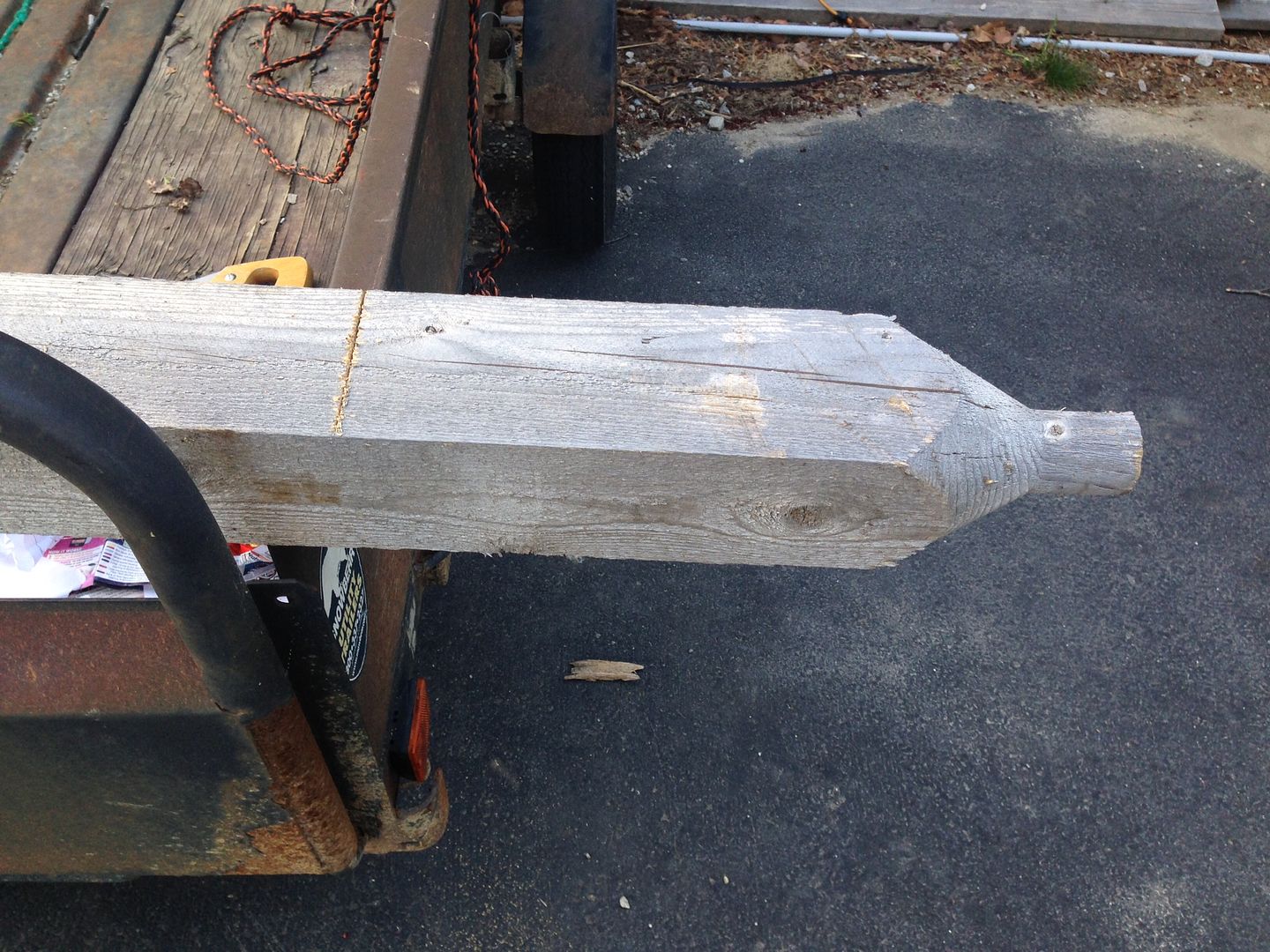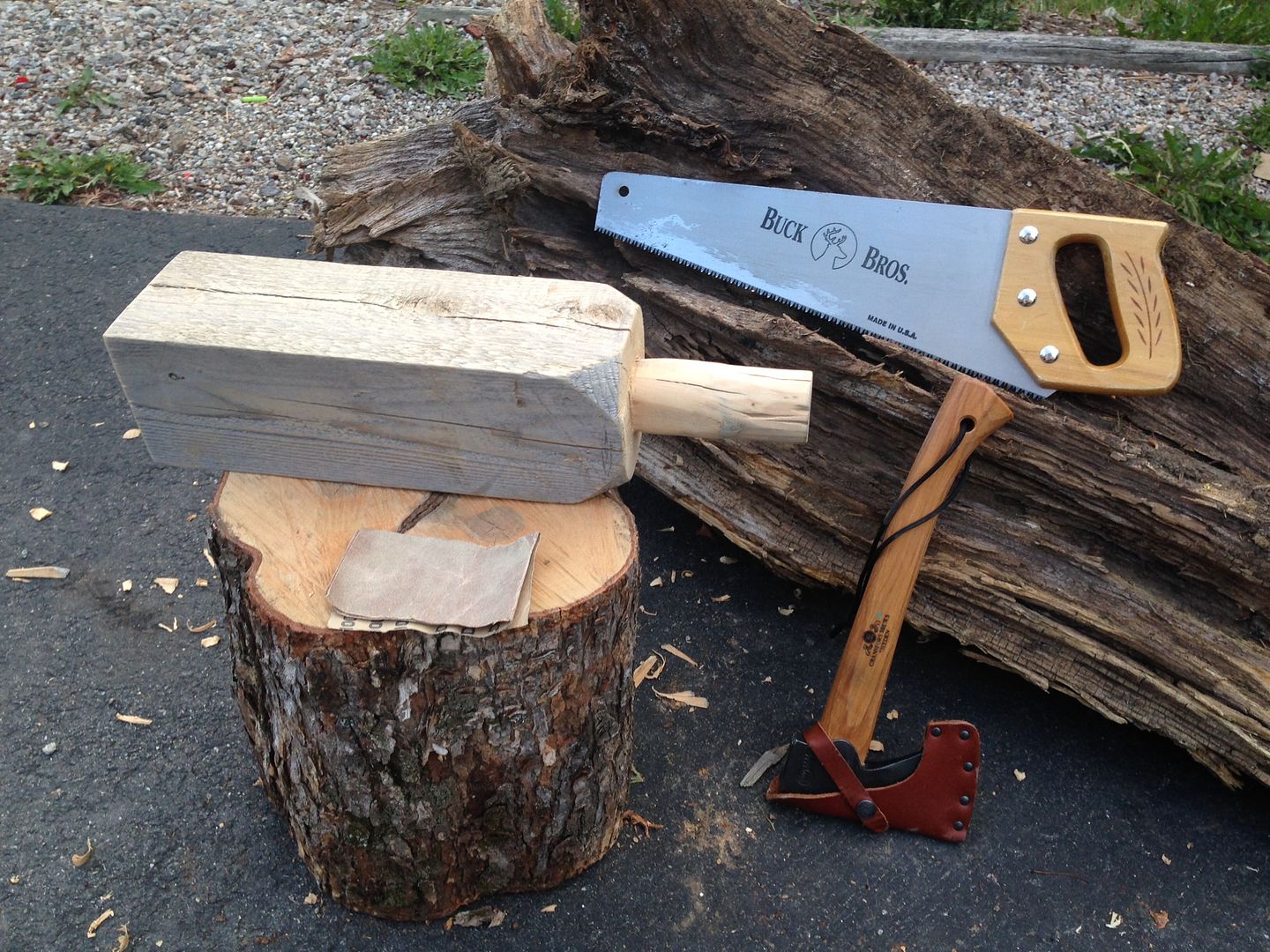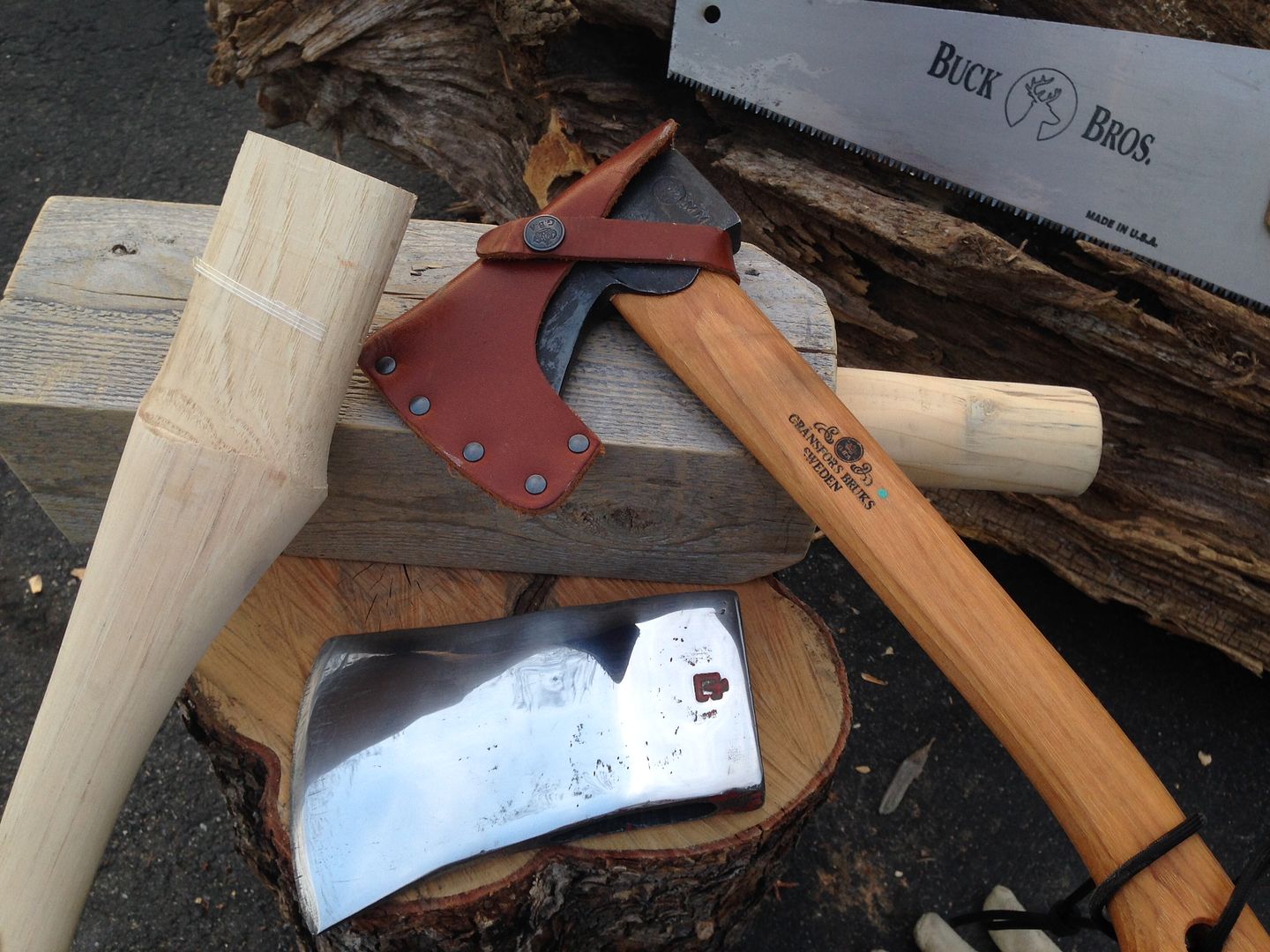_______________________________
I just bought handles for this and the Collins - thanks forum friends for the tip on house handle website. Have a look at the Collins in the first couple photos. I vinegar bathed it to remove surface rust, but nothing else yet. I'm tempted to leave it's natural patina rather than sand shiny like I'm doing the council - thoughts?
Well after doing the 400 and 600, I did a quick five minutes each with my 1000 and 2000 wet dry sandpapers on the Council. I promise I'm not going to be neurotic about trying to keep this shine once this becomes a woods axe. Since this is my very first restore, I wanted to see how far i could take it for experience. Next step going to work on reprofiling the edge using the USFS guide I posted a bit ago and a file.

At this point in my journey I've reached a mirror finish on the Council Tool, and resigned myself to put the Collins on hold until I "learn my way" through the Council project. If you saw my other post, you know that I recently scored a Grandfors Bruks Wildlife Hatchet at a giveaway price; but it didn't affect my desire to do these restorations. In fact, I am enjoying this activity more and more with each step I take.
A week or so ago I bought my handles from House Handles; a website with great prices, selection and high quality handles. Shipping is also at cost which is nice. If you order from them, be sure to request "select grain handles" and no finish (you'll want to linseed it yourself). They up charge a couple bucks for this but its worth it.
While waiting for the handles to arrive, I methodically planned my next steps by reading anything and everything I could find on the topic of refinishing axes, axe re-profiling, axe sharpening, axe hanging as well as general axe use, maintenance and care materials.
[video=youtube;Xz3rs-eaN3E]
https://www.youtube.com/watch?v=Xz3rs-eaN3E[/video]
When I found a great resources, I read and re-read them. From these works I formed a list of things I'd like to make and/or acquire to get through future project steps - like a wooden carpenter's mallet, some proper files, wood rasp, linseed oil, Swel-Lok, file card, Wonderbar rust eraser... In addition to the regular advice and feedback from the forums, I have found the following to be indispensable:
1. An Axe to Grind on youtube by the U.S. Forest Service [url="https://www.fhwa.dot.gov/environment/recreational_trails/publications/fs_publications/99232823/"]Axe to Grind by the U.S. Forest Service[/url] as well as the detailed PDF of the same title.
2. The [url="http://thewoodslife.com/?p=1579"]Woods Life Blog[/url] has three fantastic blogs on axe restoration and care.
My plan is to reprofile the Council Tool with a file soon because the cheek is just too thick. I realize now that I might have been better off doing this before the fine grit sanding work I've done, but I don't mind doing it again as my goal is to do it right first and foremost.
I'm also thinking ahead about the hang. I like detail in the Forest Service publication and video, so I'm planning to follow it closely. One of my next purchases will be Swel-Lok which is the recommendation Bernie Weisgerber (author of Axe to Grind) for the wedge treatment prior to driving it home. I also need a "Carpenter's Wooden Mallet", and tonight decided to make one from an old fence post I was going to throw away. I saw the beginnings of a handle already, so decided to go with it!

I made a couple vertical cuts down the quadrants of the existing "handle", then turned the post on its side and began to cut out the wedges.

An excuse to use the Gransfors I just acquired for $30:

________________________________
Shaved / rounded the square handle left from the saw cuts. (thats a colt .380 pony in my pocket, I wasn't just happy to see you)

Next I just sanded the heck out of everything for a few minutes


Now I think I have a serviceable mallet for hanging/wedge driving!


____________________________
Today I finished the mallet by installing an oak facade over one face of the cedar. This will be more durable I suspect. It's two "craft" slats cut out of a $5 plank from Lowes. I used Titebond II wood glue and a couple couple countersunk wood screws. Also seen in the picture below is a new file I purchased and a finger guard made from oak scrap. Clamps will fasten the head to the table during filing which I plan to do next. The key (as I see it) to the reprofiling process will be the axe bit guage printed from the USFS manual as well as the detailed description of the process from thewoodslife blog.
